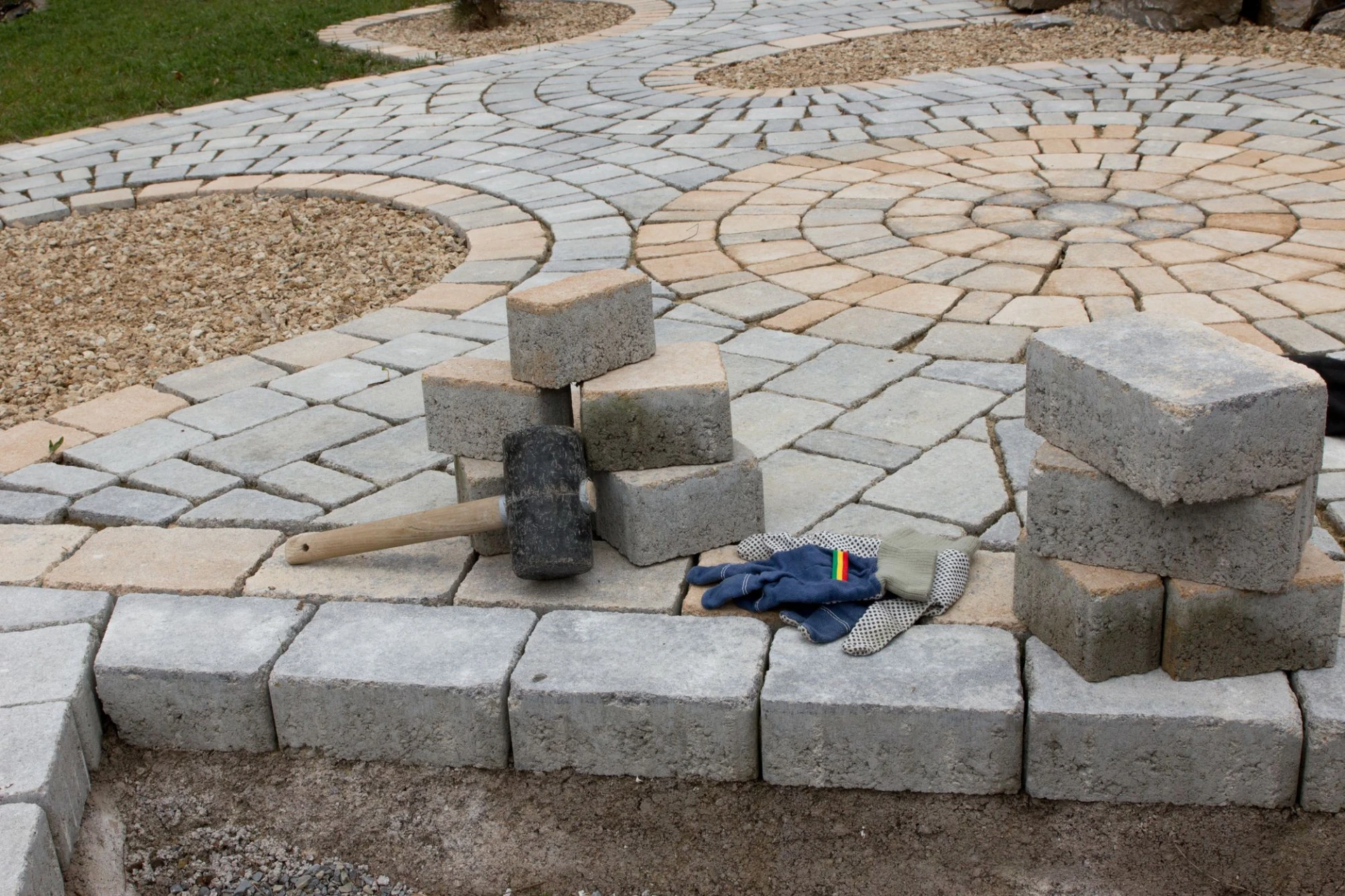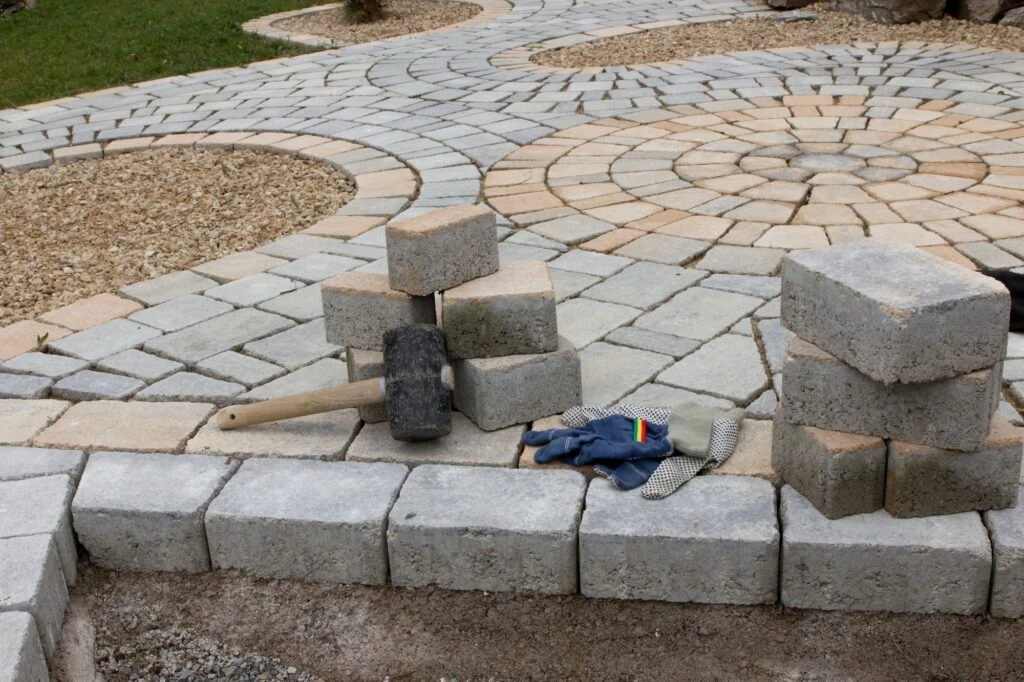There’s nothing that will make you feel happier about coming home then to pull into your driveway and see a beautiful, well-cared-for lawn. A well-maintained lawn with precision-cut trees, shrubs and bushes can add curb appeal to any home, but what really can set your property apart from the others is your hardscaping—things like walkways, walls, tiles, and paths.
Features like this really show the care and dedication you put into your home, and because of that, it’s important to choose the right hardscaping company when the time comes. But, how can you know which company to go with, especially when there are so many to choose from? Here are a number of tips to help you choose the right hardscaping company.

1) Know What You Want
The first step in making any decision is knowing exactly what you’re going for. Because different companies specialize in different things, it makes no sense to go to with a company that won’t be able to deliver what you need. So, before you contact anyone, figure out your specific needs. Take a minute to write them down or even sketch out what you’re looking for. When you start to meet with hardscaping companies, be open about your goals for this project. This will help you match your ideas with the right company from the beginning.
2) Get References
There’s no better advertising than word of mouth, so it only makes sense to see what other people are saying about the hardscaping companies in your area. Get recommendations from friends, see how a company is rated online or talk to others who have had hardscaping projects done. All of these are ways to find out which companies are worth your time, and which are best to be avoided.
3) Ask the Right Questions
When you start to really narrow down your options, it’s time to start asking the tough questions. What sorts of questions should you ask? They might vary a bit depending on your needs, but some you should definitely ask include:
- Are you insured?
- What qualifications/credentials do you have?
- Have you handled projects similar to this one before?
- What, specifically, would be the process you would use to complete this project?
- Can you provide examples of work you’ve done in the past?
As you get closer to choosing the right company, you’ll probably think of more questions to ask.
Whatever you ask, remember that there is no such thing as having too much information. Your money and your peace of mind are in this company’s hands; it only makes sense to do get all of the information possible before making that decision.
4) Get an Estimate Early
You don’t want to waste your time with a company that’s eventually going to end up with an estimate that’s well over your budget. So, it only makes sense to get an estimate of some sorts as early as possible. While most companies don’t like to give estimates without really getting a chance to look over a property and see what all it entails, they should be able to at least give you a ballpark figure early on so you can see if you’re even on the same page. Getting that rough estimate early on will be a time-saver as you start to get into the nitty-gritty of making your decision.
5) Pay Attention to Your Gut
At the end of the day, after doing all of your research and asking all of your questions, there’s a good chance you’ll have it narrowed down. Maybe there will be only one option left, or maybe you’ll be trying to decide between two or three. At this point, you really have to figure out what your gut is telling you.
Everything above this step is about what looks good on paper; but in the end, it’s also about what feels right. This could be based on personality—whether or not you like the person and think he or she seems trustworthy—or it could be something harder to explain or pin down. You know, just that indefinable sense you get when you know you’re hiring the right person for the job. Whatever it boils down to, don’t ignore what your gut is telling you as you make your final decision.
When you put all of these tips together, you have the makings of a process that is sure to help you find the right Seattle hardscaping company for your next big project. Whether you’re planning a huge project or just a small redesign, it’s important to have the right company in your corner.
In your search for the right hardscaping company, be sure to contact New Life Rockeries—one of the most trusted hardscaping companies in the Seattle area.

